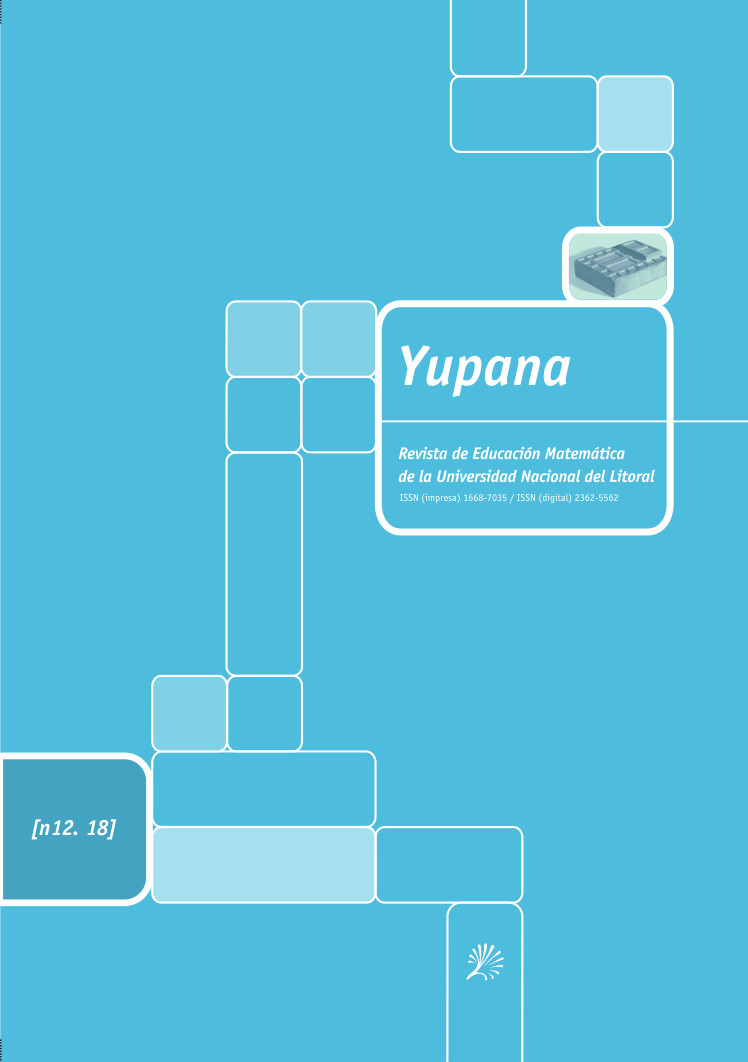The joint probability in a self-validation process
DOI:
https://doi.org/10.14409/yu.v0i12.9626Keywords:
virtual learning environments, self-validation, Fallacies, probabilityAbstract
This article contains a part of a research report on the self-validation processes that engineering students developed through a virtual learning environment. It deals with the analysis of the arguments that the engineering students found in conceptual map-type schemes for three problematic situations that, in tests of three different instances, asked them closed questions about probability with response options that were intended to incur them in reasoning biases. The three situations of the instances were intended to incur students in the fallacy of the conjunction, altering the extension rule and its independence from the context, and De Morgan’s second law, due to ambiguous options in the context. The tests consisted in having the previous learning about the topic and the strategy of the map develops their self-validation processes of the answers they had selected at the beginning. The results of the instances agreed that those who gave up their inappropriate responses were the majority with respect to those who insisted on the correct answers. This didactic phenomenon is part of a doctoral dissertation at the Doctorado Interinstitucional en Educacion of the Universidad Distrital Francisco José de Caldas of Bogotá, Colombia.



